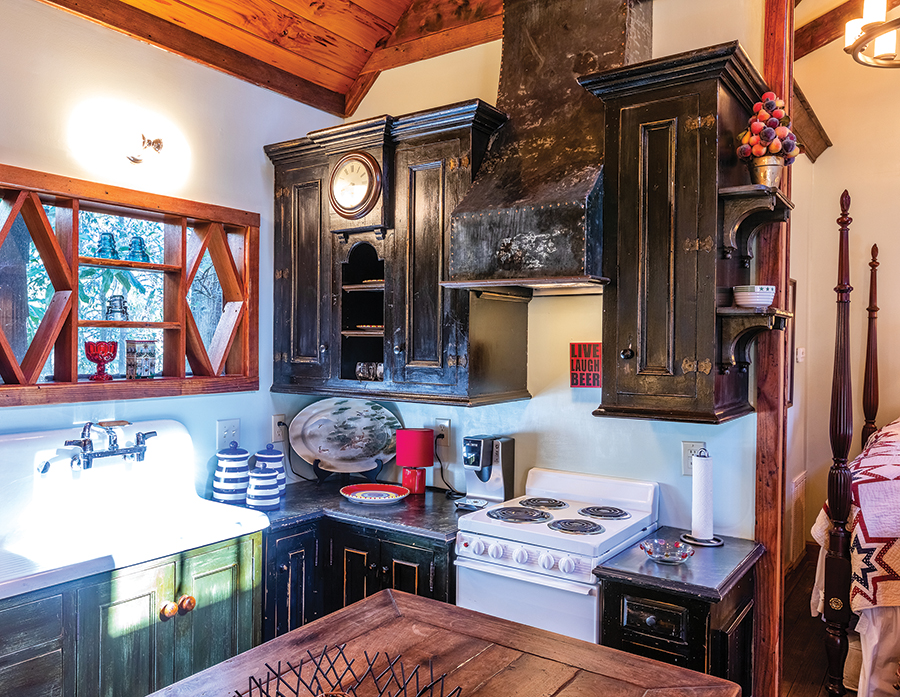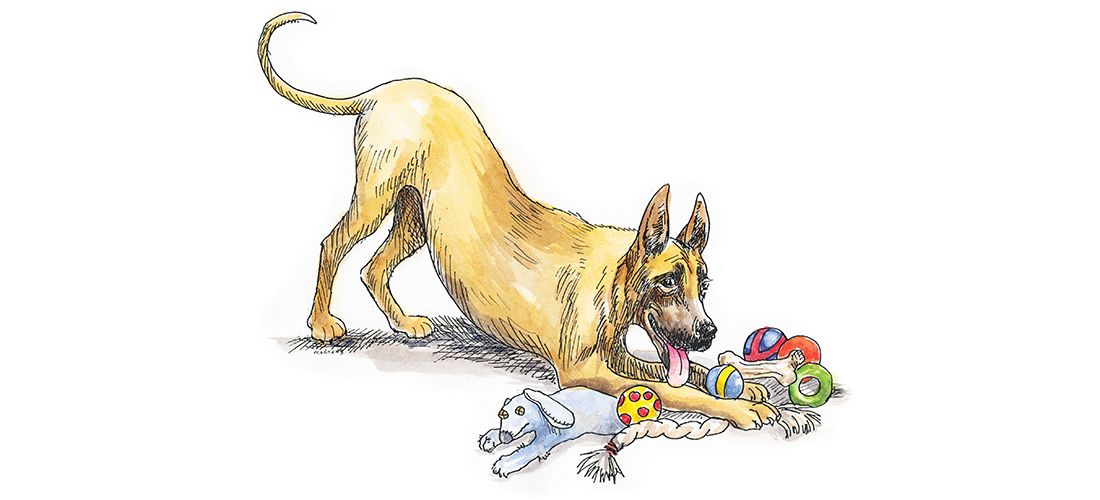Matinee Idyll
A screen shot from the good ol’ days
By Deborah Salomon
I miss the movies. Not art films, or chick flicks, or computer-generated blockbusters. Certainly not superheroes or chatty corpses. Just an engrossing story played out over two hours.
Movies represented a simple but profound part of my childhood, teens, parenting, grandparenting and old age. Here’s how.
Growing up in a New York City apartment before TV and without siblings could, Mary Poppins notwithstanding, be boring. I pounced on Life magazine each week, hoping for a new Disney film ad. My mother objected but usually relented. Yet she exposed me, barely 10, to Laurence Olivier’s Hamlet. Amazing how easy Shakespeare goes down on screen. Sir Larry became my first movie-star crush (obligatory for little girls in the late ’40s), followed by Gregory Peck, after Gentleman’s Agreement. Redford, Cruise and Clooney melted down and reassembled as Brad Pitt couldn’t hold a candle to either.
The situation was different in Asheville. I was 12, plenty old enough to sit through Singin’ in the Rain and a parade of other silly musicals with friends at the lavish Art Deco Imperial Theater. Admission: 9 cents. One mother would drop us off, another pick us up. To my everlasting embarrassment, Mario Lanza — The Great Caruso — replaced Olivier and Peck.
The upside: By 13 I felt comfortable with Shakespeare and Verdi.
Soon, local fellas with hot-off-the-press driver’s licenses usurped Mario and the Bard. Movie dates were the thing. I can’t remember a single movie . . . maybe Sabrina and the original A Star is Born . . . only being panicked he’d try to hold my hand, now greasy from popcorn.
At least we were spared nudity and expletives.
I drew the line at Westerns, war and horror flicks which, compared to current offerings, look like Looney Tunes.
The early ’60s found me busy with three babies and James Bond — a new installment released almost every January, for my birthday. What better gift than a babysitter, steakhouse dinner and 007? When Sean Connery departed, so did I. Some things, like the scent of roses and fresh-squeezed orange juice, can’t be synthesized. Neither can “Bond . . . James Bond” in a low growl.
The babies grew up. I was the only mom on a block of 10 children that had a station wagon big as the Hindenburg plus the patience to herd/referee. Their pestering started as soon as a cartoon feature opened. Lessons learned: “Sugar high” is serious science. And no two kids ever have to pee at the same time.
Watching the first 3D (House of Wax) and IMAX reminded me of the “What have they done to my song?” lament. What have they done to plots and acting? Whither movie dates, Photoplay magazine, musicals, James Dean in Cinemascope and Marlon Brando in black-and-white?
Time passed. Films adapted. Rainy Saturday afternoons were spent with my grandsons at the multiplex, a phantasmagoria of arcade machines that swallowed dollars like Jujubes. The movies I endured there had no plots, no acting, only special effects. When the boys were pre-teens, out of desperation I took them to The Blind Side, where they sat, rapt and wide-eyed.
“That was a really good movie, Nanny,” the older one said. Now an attorney, he still remembers it.
During the pandemic some releases go straight to streaming, to be watched “in the comfort of your home,” where interruptions happen. The sound of the toilet flushing breaks the spell. Marie Osmond interrupting Daniel Day Lewis is blasphemy.
Therefore, I watch faves only on commercial-free channels.
So, which have survived?
The envelopes, please:
Best performance by an actor . . . ever: Philip Seymour Hoffman in Capote.
By an actress: Meryl Streep: Sophie’s Choice.
Best chick-flicks: Bridges of Madison County, (sob) and The American President (yay!).
Best musical: Timeless, happy-sad, plot-intensive Fiddler on the Roof.
Best feel-good: The King’s Speech, where in my scrapbook Colin Firth replaces Olivier, Lanza and Peck.
Best all-round movie; The Godfather, but only the first installment and the prequel from Part II. I know the script by heart. And I always add a little sugar and a splash of wine to my spaghetti sauce.
Runners-up: The Shawshank Redemption, One Flew Over the Cuckoo’s Nest, The Help, Philadelphia.
Most Overrated: Titanic, aka Gone with the Wind gone to sea.
Obviously, movies need some technology/methodology, which limits Citizen Kane, City Lights and Casablanca — all fine period pieces. But when the lights go down and the corn pops up I want to be transported, entranced, disturbed, inspired and even challenged. Crying is a good sign. Snoozing is not. Private Ryan — out. Oskar Schindler — in. Sean Connery, dead, never to be replaced by nice guy Tom Hanks.
The last satisfying movie I sat through was Doubt (2008) starring, no surprise, Meryl Streep and Philip Seymour Hoffman; Viola Davis copped Academy Award and Golden Globe nominations for 10 minutes onscreen.
So there’s hope, I hope. PS
Deborah Salomon is a contributing writer for PineStraw and The Pilot. She may be reached at debsalomon@nc.rr.com.



















 Portrait by Tim Sayer
Portrait by Tim Sayer 













